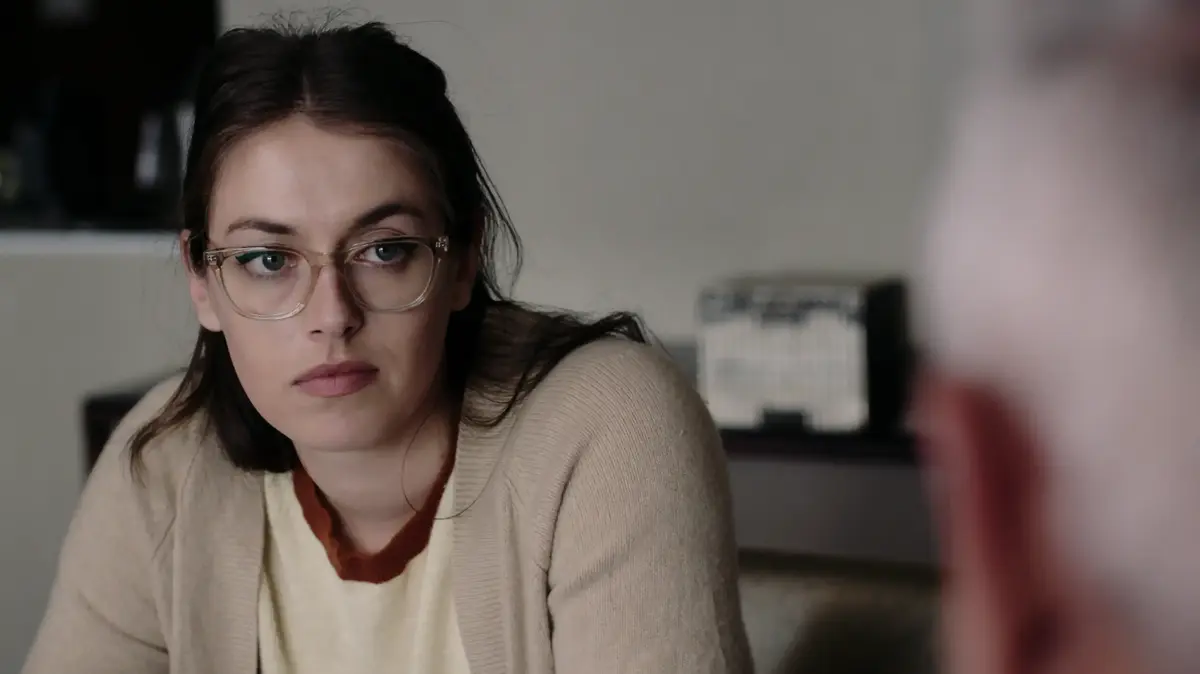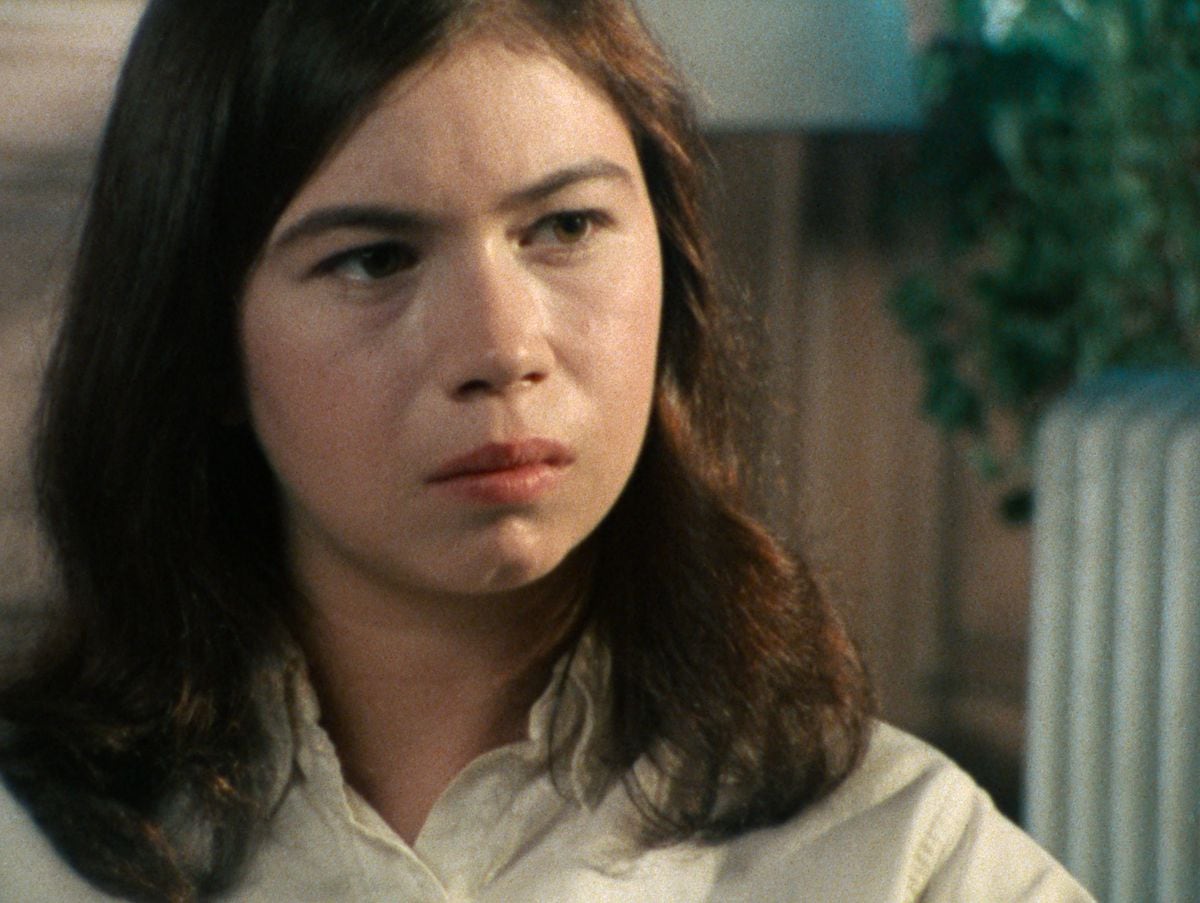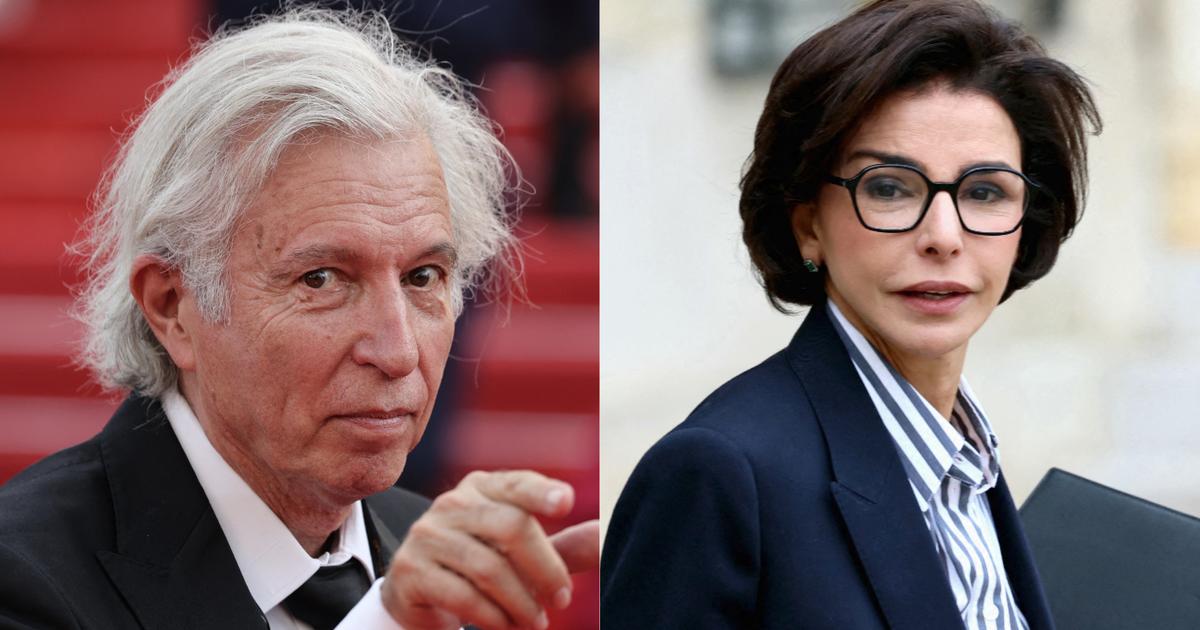From victim to suspect (Photo: Netflix)
In 2002, 16-year-old Vonta Gibson accused classmate Brian Banks, the high school football star in Long Beach, California, of rape. Banks faced decades in prison and opted for a plea bargain — five years in prison, then five years under surveillance labeled a sex offender. Gibson also won $1.5 million in a deal with the school that she said created an "unsafe atmosphere for women."
Years passed, Banks was released, and in 2011 Gibson contacted him on Facebook. They met and she admitted to fabricating the story, not knowing that a private detective he hired was recording her. Although the recording was inadmissible in court because it was taken without her knowledge, Banks was retroactively acquitted.
From victim to suspect (Photo: Netflix)
Rape charges make headlines in the media, and rightly so. This is an unforgivable crime that scars the souls of the victims forever, and often those of those around them. Only recently, Yael Grimberg, the rape victim in Mishmeret, passed away. The story, remembered as one of the cruelest in the country's history, was once again rocking.
The phenomenon of false accusations of sexual assault is less well covered. About 5 percent of reported cases in the U.S. turn out to be something that didn't happen. In Britain, a woman named Eleanor Williams was jailed last March for 8.5 years after making accusations against various men. Three of them attempted suicide, until it turned out that her online shaming was false and that the injuries allegedly caused by sexual assault she caused herself.
Shame? Need for revenge? The reasons for a false accusation are different, but if it turns out to be such, it is necessary to teach the accusers a lesson. Have you tried to drag a person to jail for no fault of his own? Pay. On the face of it, this is appropriate punishment, since it creates deterrence, not to mention that such calls do harm to the real complainants, those who have really gone through the trauma. The question is whether and how we should trust the legal system to monitor these inquiries.
As it turns out in "Victim/Suspect," a 95-minute docuseries that recently premiered on Netflix, this is where the story gets problematic.
More in Walla!
The Complete Guide: Everything You Need to Know Before and After Catheterization
Presented by Shahal
From victim to suspect (Photo: Netflix)
In From Victim to Suspect, directed by Nancy Schwartzman, journalist Rachel DeLeon investigates several cases in which a police investigation determined that the complainant fabricated the story. The hunted became a hunter - instead of investigating the suspected attacker, a criminal proceeding began that led the women to prison.
Despite the sympathetic stance toward the girls, which is not hidden, Schwartzman and DeLeon do not focus on whether the women actually invented the story, knowing that they have no proof one way or the other. They do shine a spotlight on the legality of a police investigation, the same problematic process documented in so many true-crime films, from Shadow of Truth to Making a Man a Murderer.
As in Making a Murderer, here too the question of adherence to the Constitution arises, indicating a person's right to due process. The feeling throughout the film is that justice has not been done to these girls. They were caught manipulated by the interrogators, security camera recordings were ignored, the suspects were not interrogated at all but gave a statement (often they did not even physically come to the station), and more. Add to that the fact that two of the investigations in the film took place in Alabama, a state historically known for its lack of protection against minorities and crime victims, a sense of discomfort passes through the body.
One of the more interesting revelations in the film is the police's motive to attach the offense of false accusations to the accusers. In theory, as mentioned, this is an important act of deterrence and an attempt to prevent innocent people from initiating criminal proceedings, but as one of the interviewees explains, this is not the reason. That's when the whole perception of the film changes. If the truth is not what interests researchers, then there is a much deeper problem here. Not something we didn't know before, not an exciting discovery, and still - very disturbing pictures.
Although it's a good and important film overall, From Victim to Suspect suffers from a number of problems. Chief among these is DeLeon's inability to get responses from those involved in the investigations. Almost all of them kept their mouths watered and refused to be interviewed, which creates a very flawed journalistic document. It is possible to argue that it is the duty of the refuseniks, senior officials in the arms of the law, to remain silent as a confession, and to draw the seemingly obvious conclusions that the investigators erred in their work, but Sharif's refusal to be interviewed is motivated for many reasons. Although it seems that an injustice has been done here, the very fact that viewers have to complete the picture makes it lacking.
Another problem is Schwartzman's sweeping disregard for genuine false accusations, such as that of Brian Banks, or the famous case of Thomas Hinsworth, a Virginia resident who was convicted of raping four women and served 27 years for no fault of his own, before being released and acquitted. There is no problem with her general position – there are more than 400,<> cases of sexual assault in the United States each year, with the vast majority of victims being women – yet the impression created in "From Victim to Suspect" is that the transformation of the accuser into a defendant is a widespread phenomenon.
Is that true? Possibly, but Schwartzman should have mentioned in passing at least one or two cases of justified imprisonment. Presenting "the other side" would have strengthened the point she wanted to make.
- culture
- television
- TV review
Tags
- Netflix



/cloudfront-eu-central-1.images.arcpublishing.com/prisa/NS3ZU25XBNH4BJLTJPBCRCLEXE.jpg)











